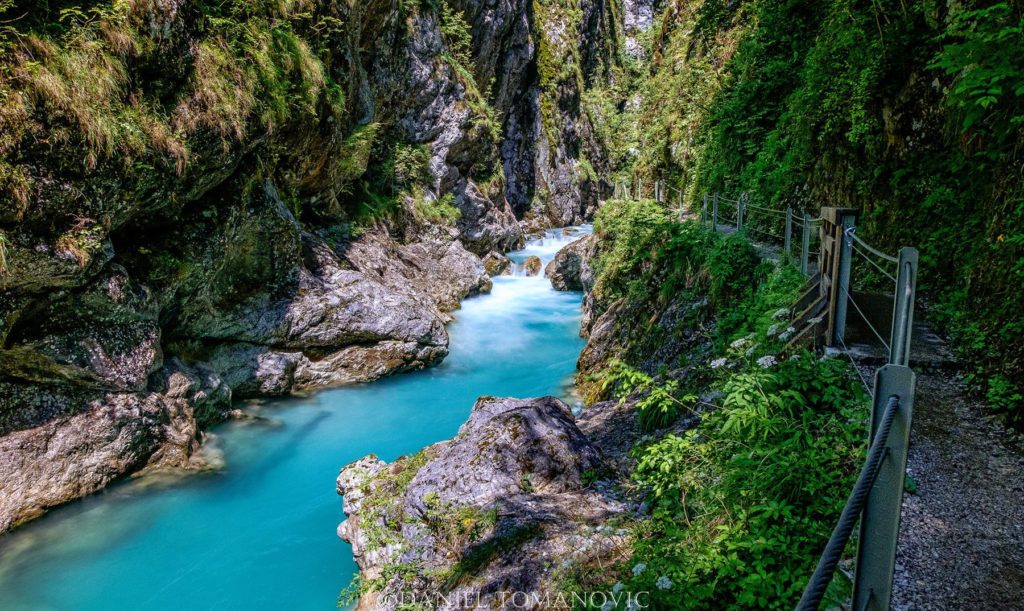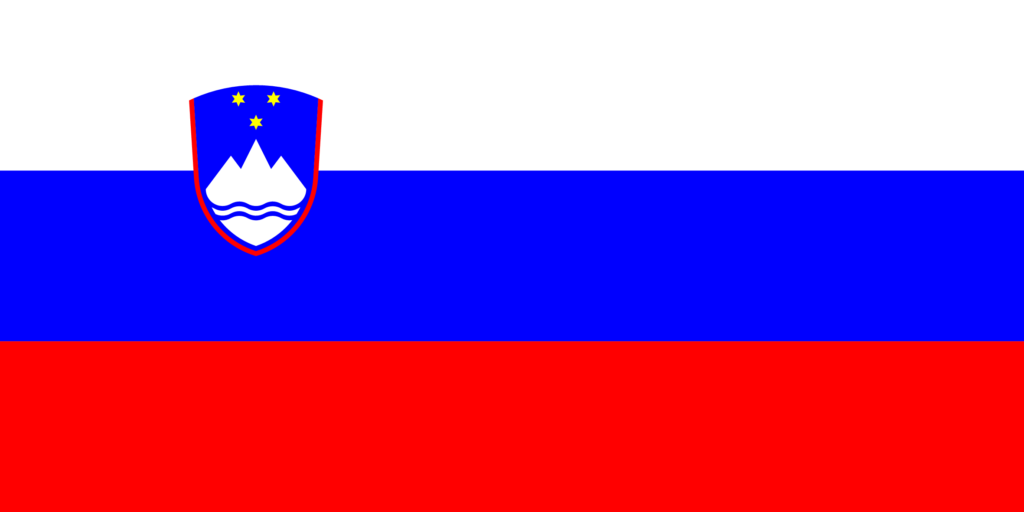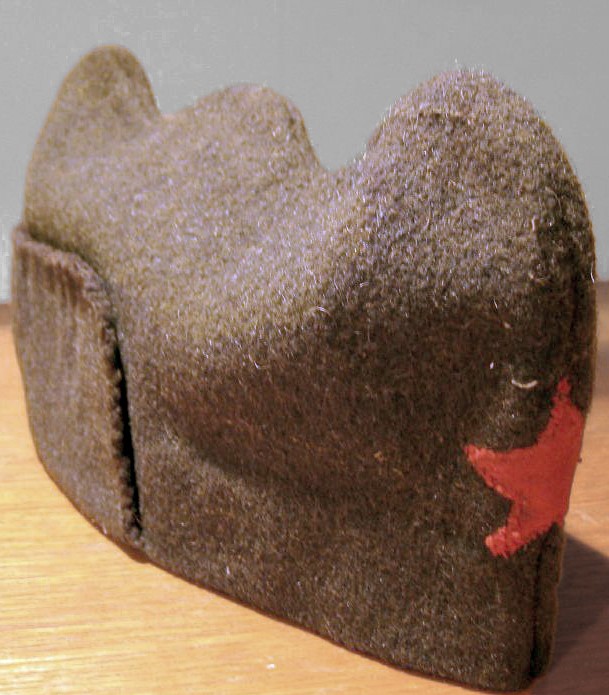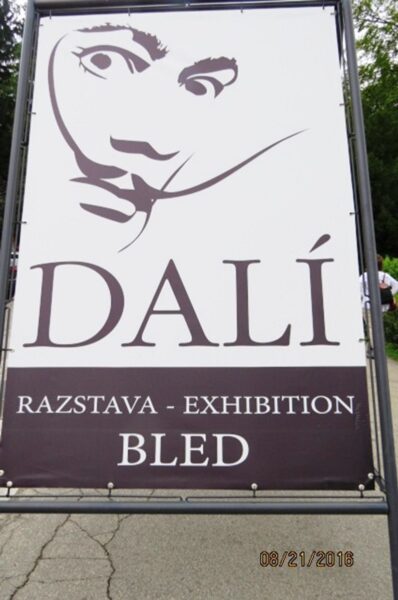As I’ve noted, Slovenia isn’t a particularly big nation so going from point A to point B anywhere in the country isn’t especially time consuming. For example, in about two and a half hours you can drive from Ljubljana to Letenye, Hungary which is as close to the farthest southeastern border crossing as I could quickly spot on the map. RateÄŤe, in the far northwestern corner, is a mere 90 kilometers from the capital and a bit more than an hour’s drive. Thus, traveling from far southeast to far northwest is about 300 kilometers as the crow flies. This makes visiting other places in Slovenia using Ljubljana as your base less than taxing. And there’s plenty to see.
We’ve already stopped in Postojna to visit the caves there but if you like visiting caves, the country has more than sixty that you can explore. These include the Ĺ kocjan Caves – one of only  three UNESCO world heritage sites in Slovenia. There’s also the Alpine Migovec System which is more than 800 meters deeper than Postonja and more than six kilometers longer. The Migovec System is beneath Tolmin Migovec Mountain in Slovenia’s only national park Triglav National Park – a destination not on our itinerary – but I’ve heard one well worth seeing.
Armed with the knowledge that Slovenia is the third most forested country in Europe it’d be reasonable to conclude that the national park named for Slovenia’s highest peak would hold some special beauty to attain the treatment accorded a national park. And indeed it does.
Slovenia has 400 mountains that rise higher than 2,000 meters and you can find nearly all of them in this park so hikers can wander to their heart’s content. You’ll also find the country’s largest lake, Lake Bohinj and the spectacular Tolmin Gorges.
 Â There’s also the opportunity for whitewater kayaking along parts of the SoÄŤa River for those so inclined.
 There’s also the opportunity for whitewater kayaking along parts of the SoÄŤa River for those so inclined.
Three heads but not a monster.
Now that you’ve read my contribution to promoting tourism in Slovenia, let me return to Mount Triglav because it has a significant cultural role for the Slovenes. The mountain, which can be seen from much of inner Carniola, has three peaks and its name is a compound form of the Slovenian words for three (tri) and head (glava). Although as I noted above, we’re not going to visit there, I think it’s important to know how intimate is the relationship of Triglav and Slovene identity.
The mountain has a place in Slovenian folklore as the home of Zlatorog (Goldenhorn) a white chamois buck whose golden horns hold the key to a golden treasure in Triglav. The story was turned into an opera by Camilla and Eduard Lucerna and the first full length film in Slovenian is called In the Kingdom of the Goldhorn. It had its 1931 debut at the Hotel Grand Union in Ljubljana.
But Triglav’s significance runs even deeper than that. Recall the dragon that appears on the coat of arms for Ljubljana. Take a look at the Slovenian flag that bears the country’s coat-of-arms:.
 Â Slovenia is the only country in Europe to feature a mountain on its coat-of-arms and that mountain is Triglav.
 Slovenia is the only country in Europe to feature a mountain on its coat-of-arms and that mountain is Triglav.
Slovenian Partisans fighting Nazi occupation in World War II wore caps called triglavka. 
The mountain appears on the Slovenian 50 eurocent coin and the country’s first president, Milan KuÄŤan, once proclaimed it the duty of every Slovenian to ascend Triglav at least once during their lifetime. We might not be going there but, if the weather cooperated (It didn’t.), we’d have a fine view of the mountain on our visit to Lake Bled.
Under the cloudy covers and a rainy morning in Bled.
Like Postonja Caves, a visit to Lake Bled is almost required for anyone making their first trip to Slovenia. Let’s learn a little about it, shall we?
Slovenia has more than 300 bodies of water classified as lakes. Because of the country’s karst topography, many of the lakes are intermittent. That is, they exist as a body of water only seasonally. Most Slovenian lakes are glacial in origin but Lake Bled has mixed glacial and tectonic origins. In Bled, tectonic shifts created the lake basin which was later carved and filled by the retreat of the Bohinj glacier. This glacier created the two largest lakes in Slovenia – Lake Bohinj at 318 hectares and Lake Bled at 147 hectares. At its deepest point, Lake Bled dives about 30 meters.
One unique feature of Lake Bled is Bled Island (Blejski otok). The island was created when the glacier encountered a giant rock during its retreat that it eventually eroded to its present state. Although it’s quite tiny, Bled Island is the only natural lake island in Slovenia.
The clouds were rolling in when we arrived in Bled and stopped at Bled Castle for some breathtaking views of the lake similar to the one above or like this one that Pat captured.
The medieval Bled Castle, parts of which date from 1011 making it the oldest castle in Slovenia, would likely be a tourist destination of its own. Add the fact that it commands such stunning views of the lake and surrounding mountains and it’s apparent why it’s among the most visited spots in the country.
The Romanesque tower is the oldest part of the castle. Some Renaissance style buildings were added over the centuries and a chapel was added in the 16th century. The chapel was renovated in 1700 when illusionist frescoes were painted within.
Scattered light rain began to fall as we continued our nearly hour long perambulation of the lake passing the casino and the art gallery that had a somewhat surprising featured artist.

The goal of our walk was to reach the dock where the traditional pletna boats await then take one to visit the island. The origin of the pletna boats dates to 1590 and the oarsmen who manage them are called pletnar. The profession of pletnar is often passed down through generations and some of the families have been operating the boats since the reign of Maria Theresa in the 18th century.
We had to board cautiously, one at a time, carefully sitting opposite one another to keep the boat balanced. (Yes, the threat of rain prompted me to break out one of my Terps caps because neither of the hats I’d purchase would have survived a rainstorm.)
In the next post, I’ll pick things up with an interesting site Damir pointed out as our pletnar rowed us to the island.



